

There is a persistent misconception, or rather a conspiracy theory, that William Shakespeare was simply the pen name of an anonymous writer (potentially a woman), or even a group of writers. In reality, the very belief that Shakespeare’s identity is the center of some great historical debate is a misconception. The vast majority of Shakesperean experts and historians consider these theories very unlikely.
So why is this myth so popular? Even in his own time, the modest origins of Shakespeare baffled people. How could a glover’s son from Stratford-upon-Avon know so much about royal life and write such profound and complex plays? The literary scholar James Wilmot may have been the first to lay out the ‘anti-Stratfordian' theory, as it came to be known, in the late 18th century. The idea really took off in the mid-19th century and was even endorsed by the likes of Mark Twain and Walt Whitman.
However, the anti-Stratfordian theory isn’t backed by any concrete proof. Shakespeare did occasionally work with collaborators, but there is no convincing evidence that some mysterious figure was masquerading as William Shakespeare. While it’s true that we don’t know much about the bard’s life, it’s fair to say that the anti-Stratfordian theory is based on more coincidences and assumptions than hard evidence.
Related: 10 Popular Contemporary-Sounding Words Coined by Shakespeare
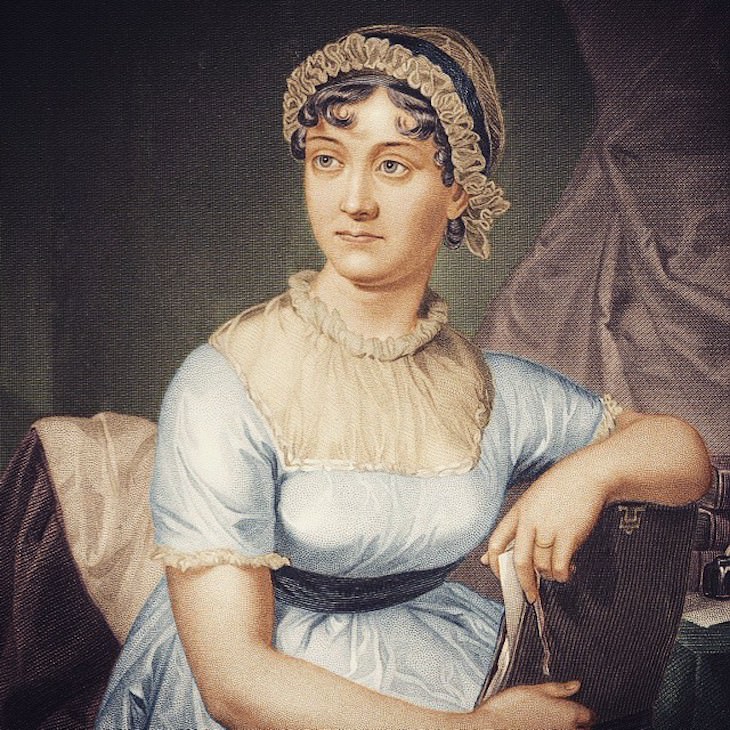
Image Source: Phoebe Zu / Flickr
Indeed, Jane Austen’s name never appeared on any of her books in her lifetime. Her first novel Sense and Sensibility was credited simply “By a Lady.” After its success, Austen’s following novels were credited to “the author of Sense and Sensibility.” Many female authors in Austen's time chose to publish their work anonymously, as it was considered improper for a woman to put a career, such as writing, above domestic duties.
But what many people don’t know is that, in the 18th century, it was extremely common for books to be published anonymously regardless of the author’s gender. Jane Austen’s identity wasn’t much of a secret. In fact, it was fairly well known among the aristocracy that she was a published author. The misconception of her anonymity goes hand in hand with the notion that Austen was a shy and reclusive woman. According to the Austen biographer Valerie Grosvenor Myer, “She was tougher, more irritable and more sardonic than they [her family] liked to acknowledge.”
Related: 12 Quotes That Reveal Jane Austen’s Wit and Wisdom
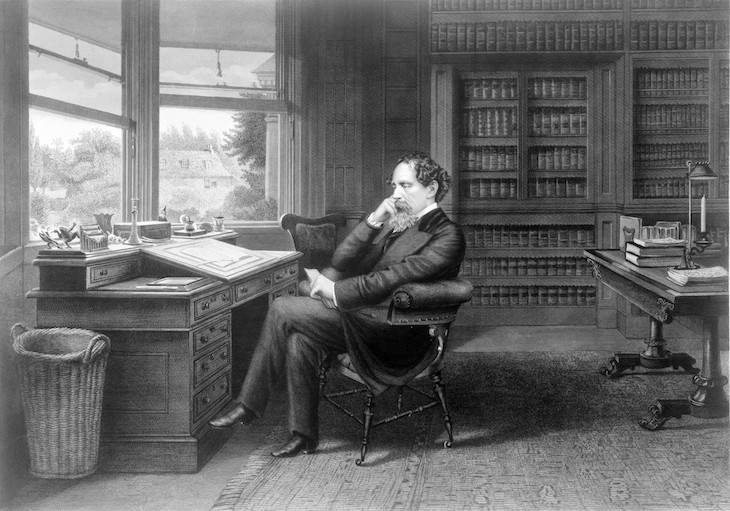
The claim that Charles Dickens was compensated by the word is simply not true. Several of his book contracts prove that Dickens was paid according to his sales, not the number of words.
The misconception comes from the fact that Dickens did commit to his novels’ length in advance, often promising a story in 20 parts, 32 pages each. But this had nothing to do with money. Dickens’ stories popularized serial publication; it became the way to publish a novel in the 19th century. Readers would wait for the next installment, just like today’s viewers watching weekly TV shows.

Flash fiction is a genre defined as a very short story that still contains a beginning, a middle, and an end. It can be as short as a few words. One of the more famous examples is the sad six-word tale: “For sale, baby shoes, never worn.”
Ernest Hemingway is often attributed as the author of this story. However, this is likely a misconception. According to one rumor, the story was conceived when Hemingway was having lunch with a few other writers. He offered a bet that he could write a complete story using only six words. Each writer put in $10, and after writing down the short story on a napkin and passing it around the table, he claimed the prize.
This would make a good story indeed, but there is no convincing evidence that it actually happened, or that Hemingway is the actual author of the 6-word tale. The truth is, there is probably no actual author, and it's simply an amalgamation of real ads from the early 20th century.
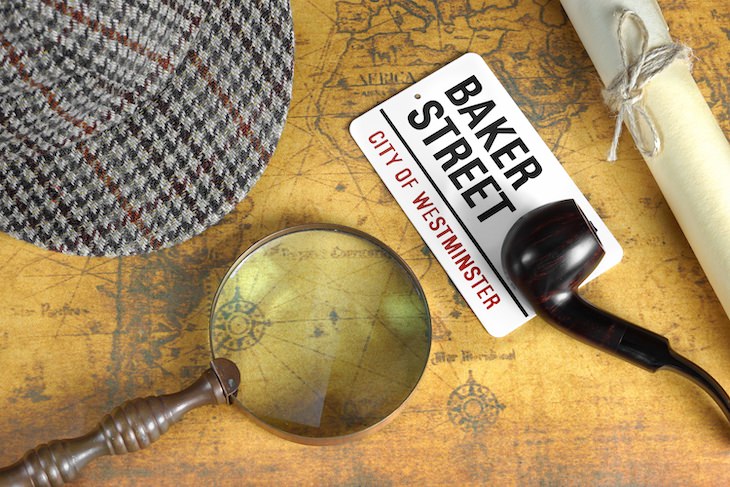
Arthur Conan Doyle’s Sherlock Holmes is one of the most iconic and beloved fictional characters in history. One of Sherlock’s most memorable catchphrases is, “Elementary, my dear Watson.” The detective supposedly says this to his amazed companion, Dr. Watson, as he explains his reasoning in solving a crime. Only this combination of words never appears in any of the original stories.
Sherlock does make use of the word 'elementary' and the phrase 'my dear Watson' throughout the books and stories. But never, not once, do these words appear together. It isn’t completely clear when and how this mythical catchphrase originated. It was used in the 1929 film The Return of Sherlock Holmes, which helped spread the misconception, but the phrase had likely already existed long before that.
Related: What You Know Of These Historical Figures Is Probably Wrong
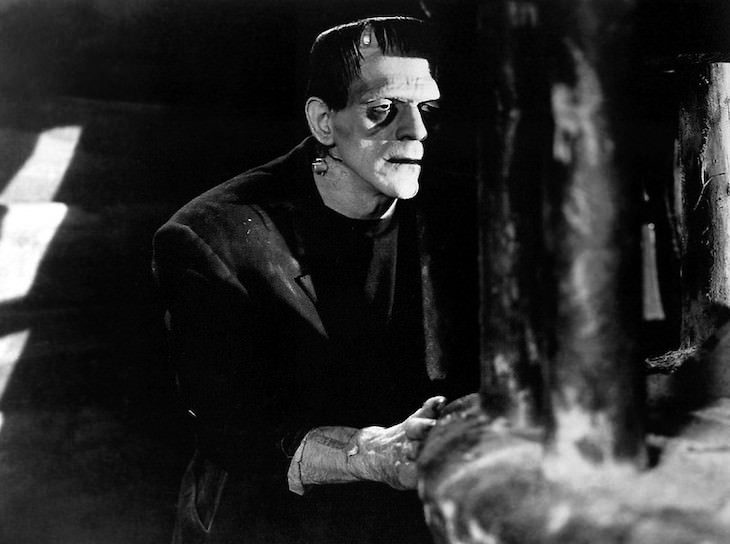
Image Source: Insomnia Cured Here / Flickr
There are a few misconceptions about Mary Shelly’s classic novel Frankenstein. Firstly, Frankenstein is not the name of the monster, as many people believe. It is the name of his creator - Dr. Victor Frankenstein. But wait, Dr. Frankenstein isn’t really a doctor either. In Shelly’s original novel, he is actually a student. The misconceptions were largely created by the many iterations and screen adaptations that came later.
Lastly, there is also the case of Frankenstein's assistant Igor, who doesn't exist in the novel at all. The character first appeared in the 1931 film titled Frankenstein.

Image Source: Wikimedia Commons
Every year, on July 14th, the people of France celebrate the storming of the Bastille. It is one in a series of many important events that eventually led to the removal of King Louis XVI and the French Revolution.
Many people mistakenly believe that these are the events described in Victor Hugo’s famous novel Les Miserables. In reality, the fictional events described in the book take place almost four decades after the 1798 storming of the Bastille. Les Miserables is based on the June Rebellion of 1832, which was an uprising against the rule of King Louis-Philippe. The rebellion was fueled by economic hardship and a cholera pandemic, but it was quashed and didn’t bring the desired results.
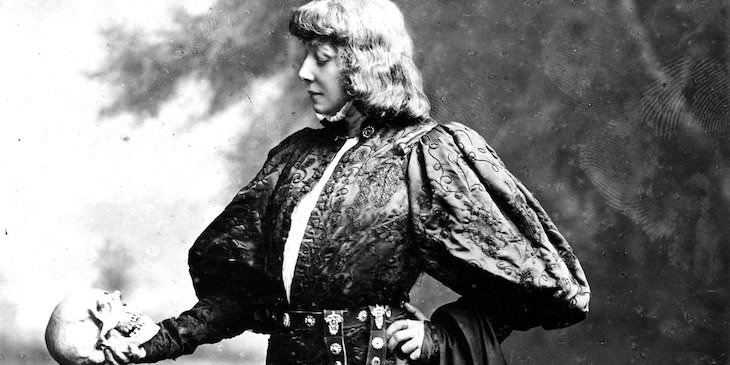
One of the most iconic lines from Hamlet is actually a misquote. Hamlet speaks the line in a graveyard as he looks at the skull of Yorick. It is a meditation on the fragility of life. But he doesn’t say, “Alas, poor Yorick, I knew him well…” as many believe. The actual line is, “Alas, poor Yorick. I knew him, Horatio, a fellow of infinite jest, of most excellent fancy.”
And this is not the only Shakesperean quote most of us get wrong. In Macbeth, for example, the witches don’t say, “Bubble, bubble, toil, and trouble.” It’s actually, “Double, double...”
Share this article with those who would find it interesting!